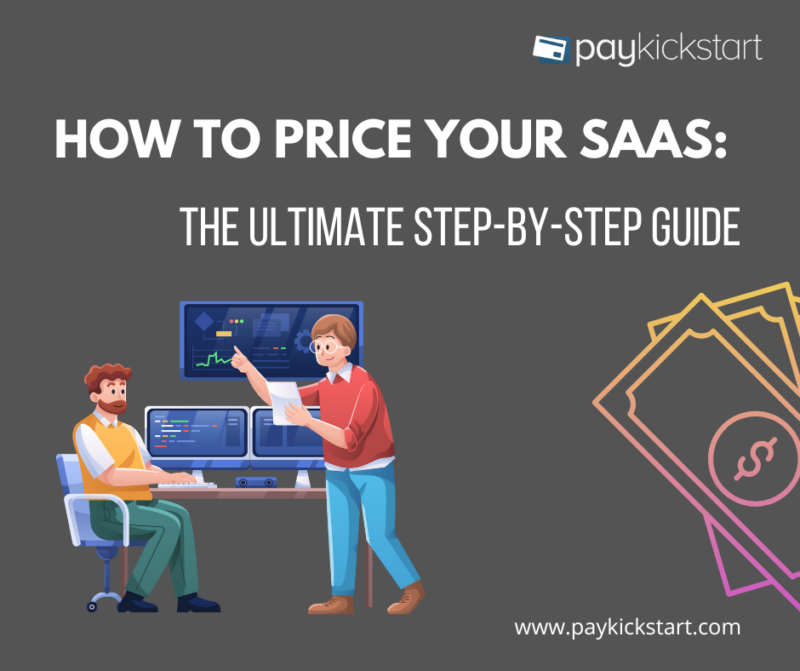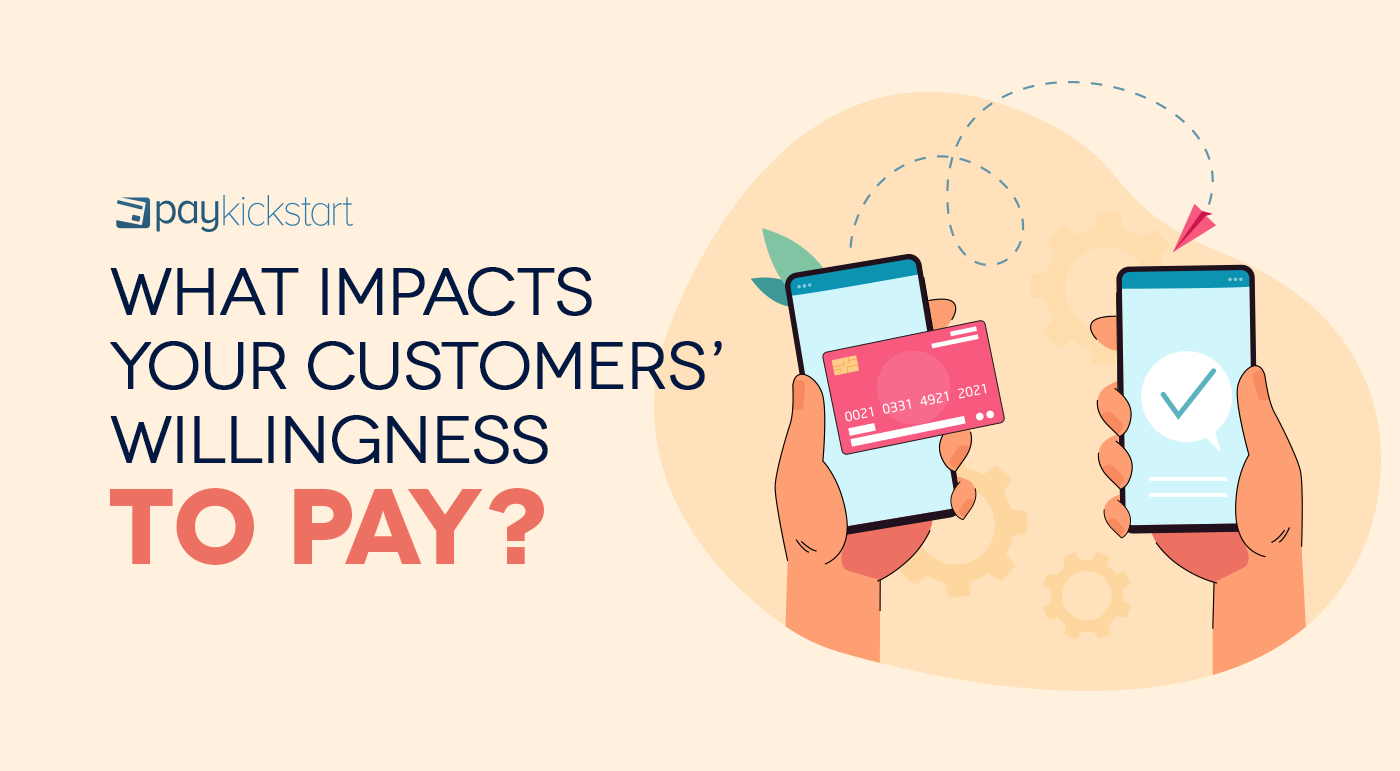Subscription growth hack (by PayKickstart)
Facebook Group - 3,932 members
Visit Group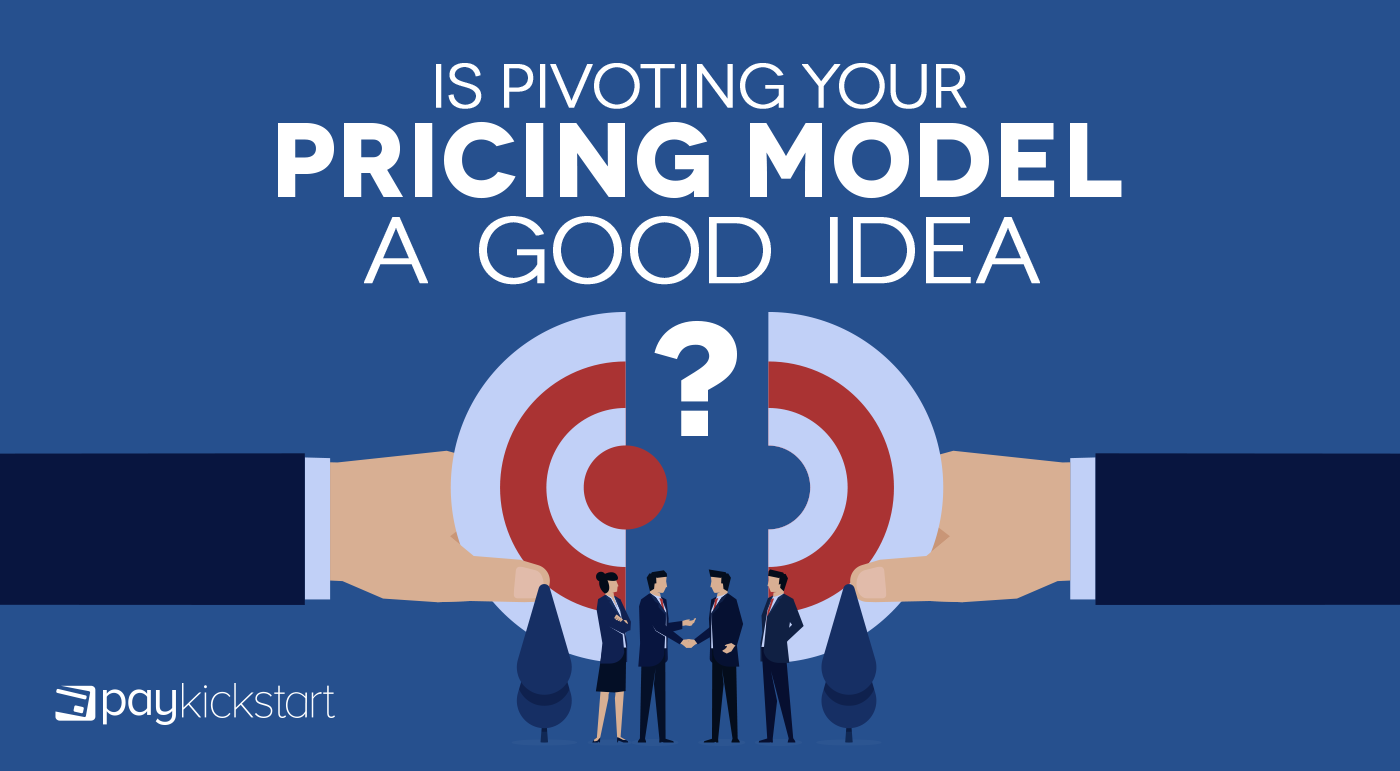
Now matter how carefully you have approached your pricing strategy, chances are you haven’t got it right from the very beginning.
Lots of startups are facing improper pricing issues, and this point they have to decide whether they need to pivot their pricing model or go with what they have.
In business, pivoting means fundamentally / drastically changing the direction of your business.
In the startup world, where change is normal, pivoting means shifting to a new strategy.
In this article we will be discussing pivoting your pricing model.
First things first: How to come up with your product pricing?
We have discussed different ways to price your products:
There are also quite a few different pricing models you may want to look into including:
There are, of course, many more pricing strategies but these apply to digital products and SaaS platforms best.
There are pros and cons to just about any method out there.
When I was entering a very new market with not many competitors, I priced my product at the lowest possible tier. This allowed me to launch my SaaS platform with a minimum set of features. So I was one of the first in the market. As I was coming up with more features, I was coming up with more expensive tiers.
This was a fine strategy but it flooded my platform with users who were looking for a cheap product and they overloaded our customer support team and overwhelmed our marketing strategy.
That being said, penetration pricing is probably not a bad idea but it is not easy to increase your prices when you already have a loyal customer base. This may also create a “cheap” association with your brand which would then be hard to shake off.
That being said, pricing well from the very start is not an easy task!
Your pricing strategy directly impacts your company’s bottom line. Yet, on average, a company spends less than ten hours on the pricing strategy annually.
Yet, some studies indicate that updating your pricing doubles your Average Revenue Per User (ARPU)
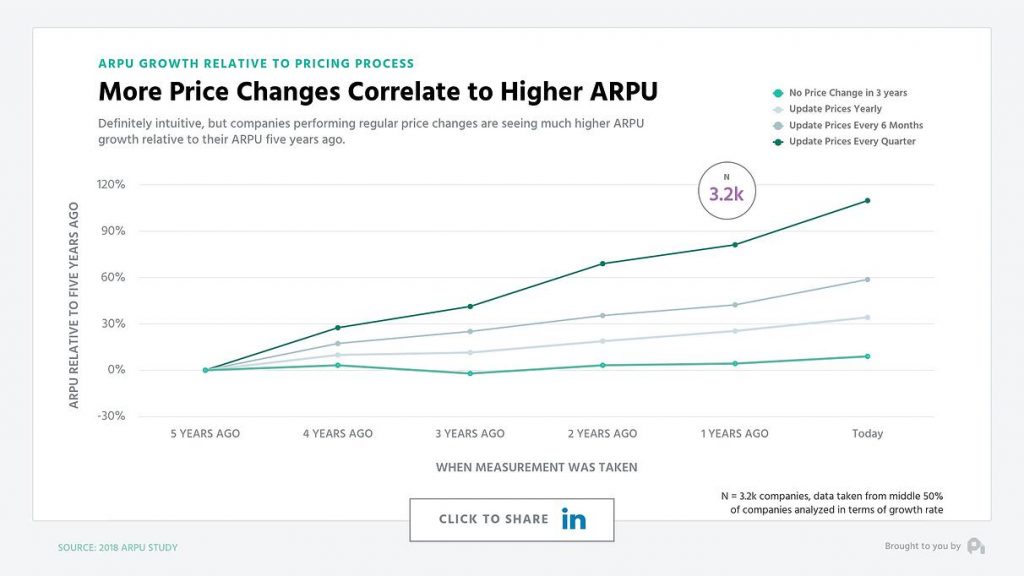
Another good way to estimate whether pivoting your pricing may be a good idea is assesising your current P&L (Profit and Loss).
One you know your current numbers, project your P&L after pivoting.
This handy P&L template will help you in both tasks:
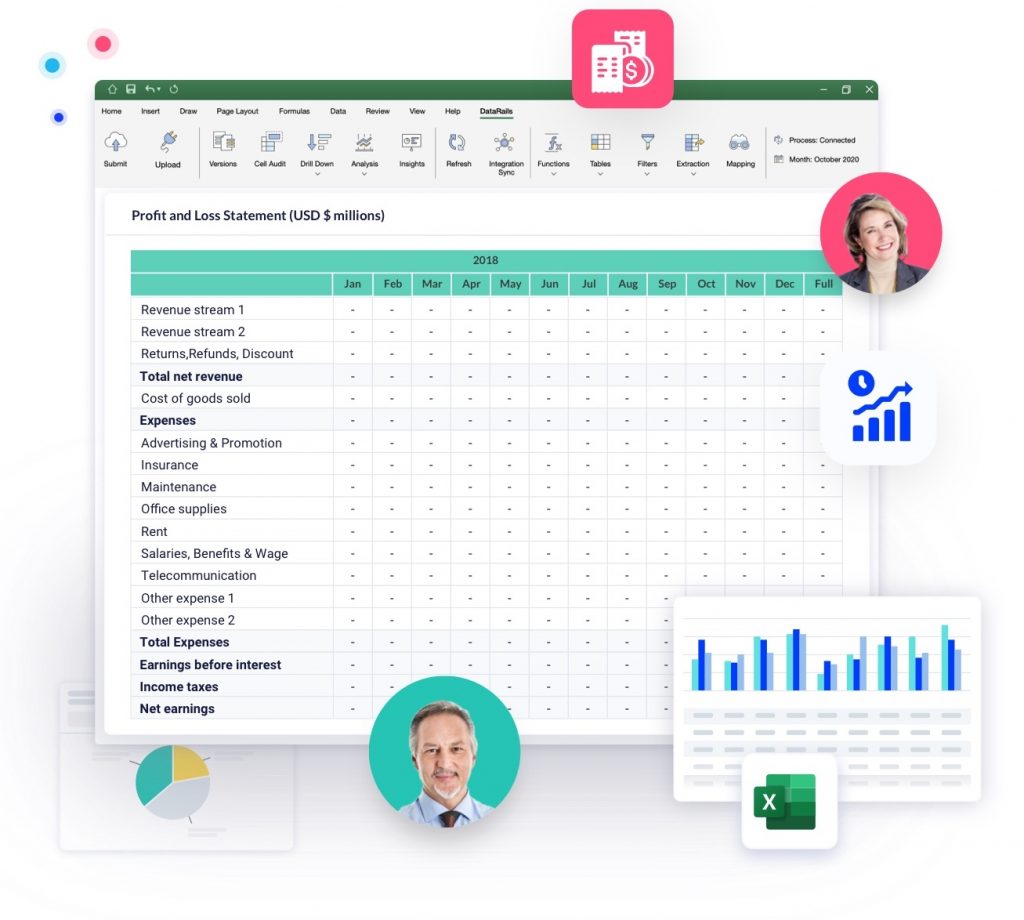
Pivoting your pricing model should be approached carefully though: You want to avoid confusing or avoiding your current and future customers.
To pivot your pricing model properly:
Start listening to your customers: Use customer surveys religiously!
PayKickstart has “Surveys” feature that allows you to set up personalized surveys based on your customers’ actions:
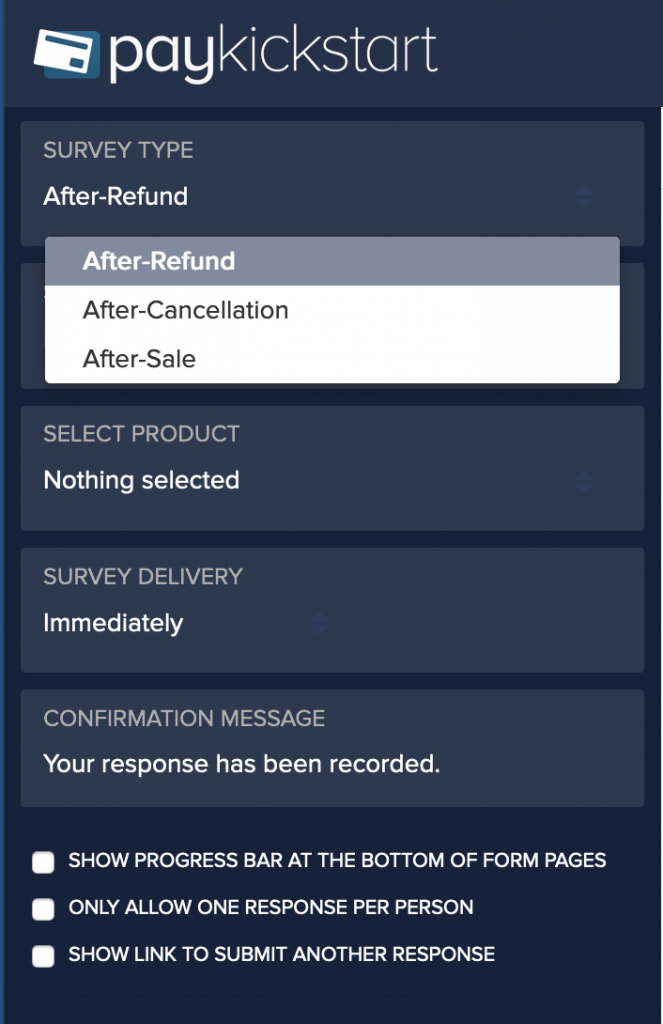
This feature will help you scale feedback collection. As soon as you have a few months of data, you will be able to identify your least popular product or the price point that needs to be adjusted.
Set up an automated email that would invite your customers to share feedback on your product and pricing. You can set this up to be triggered by a certain action (e.g. cancellation or cart abandonment). Or you can simply create an email to go out after a certain period of time (e.g. after the first purchase)
PayKickstart lets you connect any of your current email marketing solutions. Email marketing integrations include ConvertKit, Getresponse, Mailchimp, and more
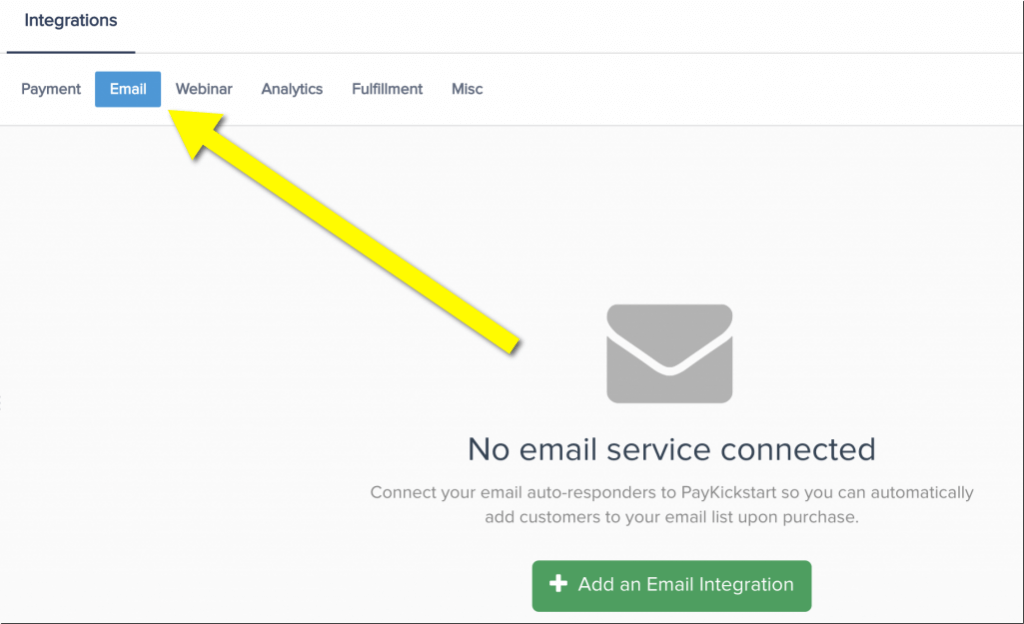
PayKickstart offers the “Cancellation saver” feature which would invite your customers to choose the reason for canceling an account (to then suggest a better solution).
The feature collects all the data for you to analyze. This is a great way to identify a tier most customers are canceling.
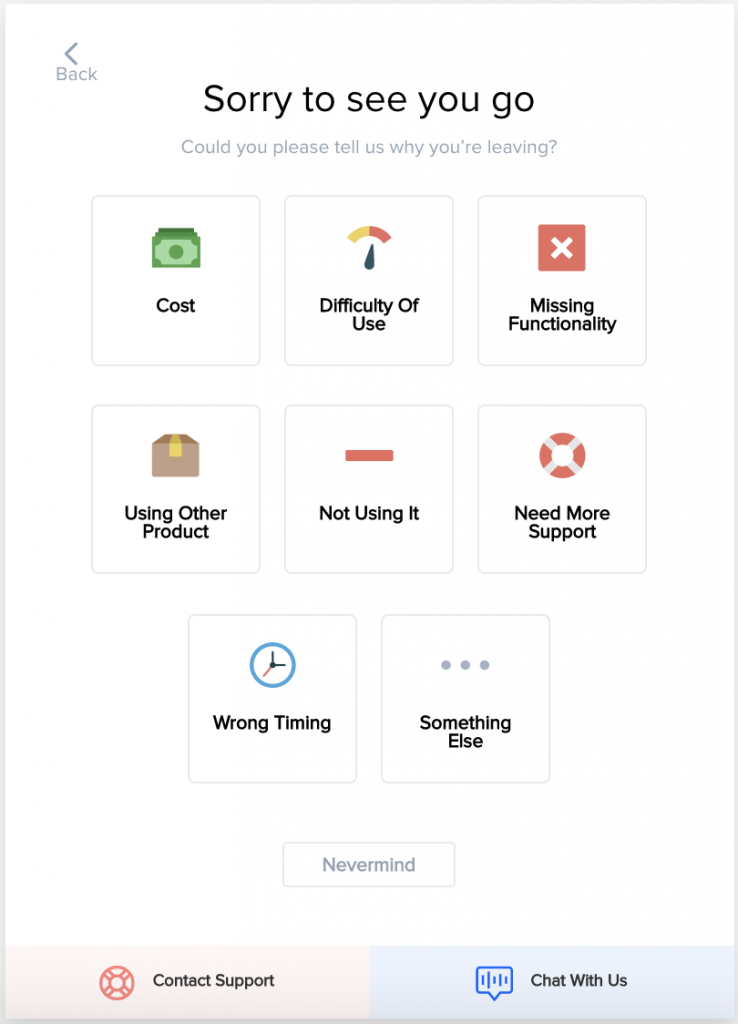
Not all pricing optimization comes from unhappy customers. There may be many other reasons behind your decision to pivot your pricing model. These could be – obviously – increasing your revenue or simply experimenting with different packages.
In these cases, your current customers may get really angry and even leave once your pricing has changed. This is why it may be a good idea to let them retain old rates (if they want). For example, Serpstat has turned pivoting their pricing into a PR opportunity by launching “Last Chance Sale” allowing existing (and new) customers to opt out of new pricing by subscribing for three years ahead.

Today’s web analytics solutions are coming up with all kinds of ecommerce integrations allowing you to watch your ROI closely. Google Analytics is one example, Finteza is another one:
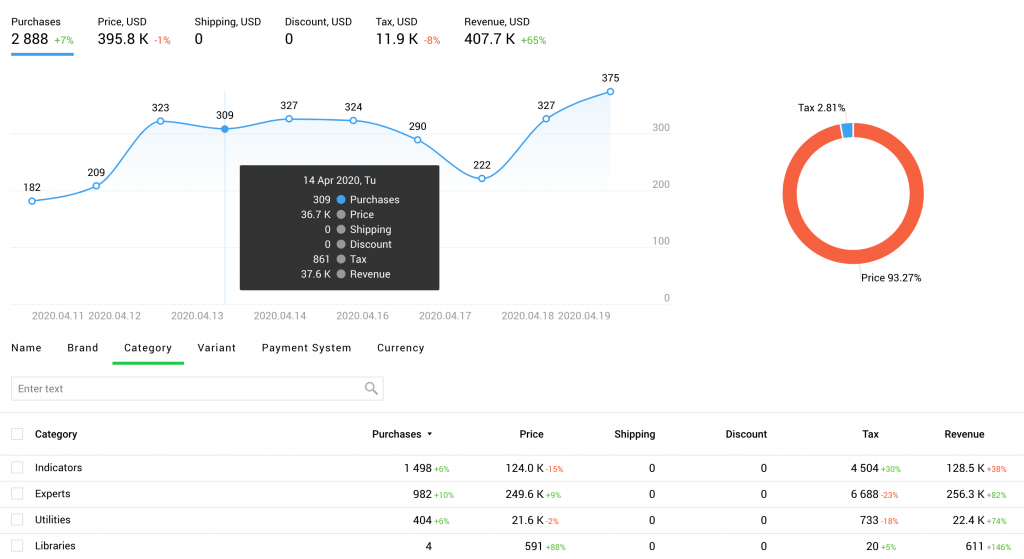
Web analytics will help you calculate user acquisition costs as well as identify your least effective products / tiers.
While the best-case scenario is to come up with the perfect pricing strategy from the very start, it seldom (if ever) happens that way. Most startups out there will have to pivot their pricing model at one point or another.
Ann Smarty is the Brand Manager at Internet Marketing Ninjas, as well as co-founder of Viral Content Bee. Ann has been into Internet Marketing for over a decade, she is the former Editor-in-Chief of Search Engine Journal and contributor to prominent search and social blogs including Small Biz Trends and Mashable. Ann is also the frequent speaker at Pubcon and the host of a weekly Twitter chat #vcbuzz
Read More About Ann Smarty